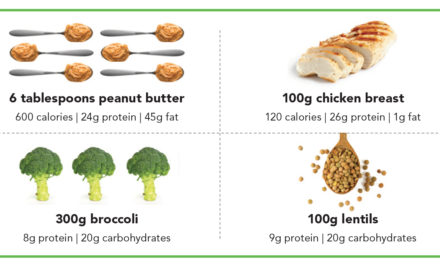In healthcare settings, you hear it all the time: “You’re over the ‘normal’ BMI range. You need to lose weight to be healthy.” Then, there’s the breakroom talk at work: “I’ve started a new diet so I can *finally* be at a healthy weight.” Subtle and not-so-subtle messaging insinuates that people in smaller bodies seem to have it all: health, wealth, acceptance, and happiness.
But what is a “healthy weight,” and how can we get there?
The global weight loss industry is predicted to reach $295.3 billion by 2027. That’s right – $295.3 billion. Money, time, and energy are being funneled into this ever-expanding diet industry beast, meaning a LOT of us are purchasing diet books, supplements, detox teas and tinctures, and an endless supply of plans to somehow reach a “healthy weight.” Despite being outdated with no evidence to support their widespread usage as a measure of health, BMI charts are still frequently utilized to fuel the diet industry.
With billions of dollars going towards making us smaller, isn’t it working?
The short answer is a resounding NO.
The diet industry has grown exponentially since the 1980s, but according to a study, so has our size. Research has shown that dieting INCREASES our weight over time! Not a very efficient product, but a VERY efficient business model (short-term “solution” + contributes to its own “problem” = more people re-purchasing the product).
So, the question remains: What is a healthy weight, and how can we get there?
The fact is about 70% of body shape and size is genetically driven. Additional factors influencing weight include certain medications, environmental stressors, poverty, and dieting. Folks who diet tend to gain more weight over time than those who do not…remember that diet industry business model?
On top of this, our body protects our genetically chosen weight at all costs. We call this phenomenon Set Point Theory. Researchers have found that our bodies fight against efforts on our part (intentional or otherwise) to change our body weight above or below what our genetics have predetermined.
For example, when we eat less energy than our body needs, our metabolism slows down, hunger cues amp up, and fullness cues erode. We think about food, talk about food, and suddenly our Pinterest boards are overflowing with decadent recipes (“Why can’t I stop pinning all these desserts?”). So we eat more and return to that “comfortable weight” our bodies crave.
What about when we eat MORE than our bodies require? Our body temperature rises, our metabolism speeds up, and our bodies use that extra energy, moving us right back to where we started.
Bodies naturally come in all shapes and sizes, and no specific “shape” is healthier than all the rest. In fact, “health” is far more complicated than the number on the scale and has much more to do with our behaviors, stress levels, and community than our appearance (For more on this, see The Health at Every Size® (HAES®) Principles – ASDAH).
So, what is a healthy weight?
A healthy weight is one that your body lands on in the absence of restriction and over-exercise while eating regular, consistent, nutrient-dense meals and snacks. In other words, your body will find your particular comfortable weight. Any efforts on your part to change it will usually end up leaving you disappointed, ashamed, and hungry. Accepting that our bodies are inherently diverse is the first step in moving away from that exhausting dieting cycle.
TAKEAWAY: There is no specific “healthy weight.” Each person’s set point weight is different, and nourishing your body regularly, moving in ways that feel good, and honoring your body’s internal cues will support your health much better than a number on the scale!
If you’re interested in support with moving away from dieting, food rules, and numbers, the dietitians at Memphis Nutrition Group would love to connect! Check out MemphisNutritionGroup.com to get started.
By Emily Gause, MA, RDN, LDN







